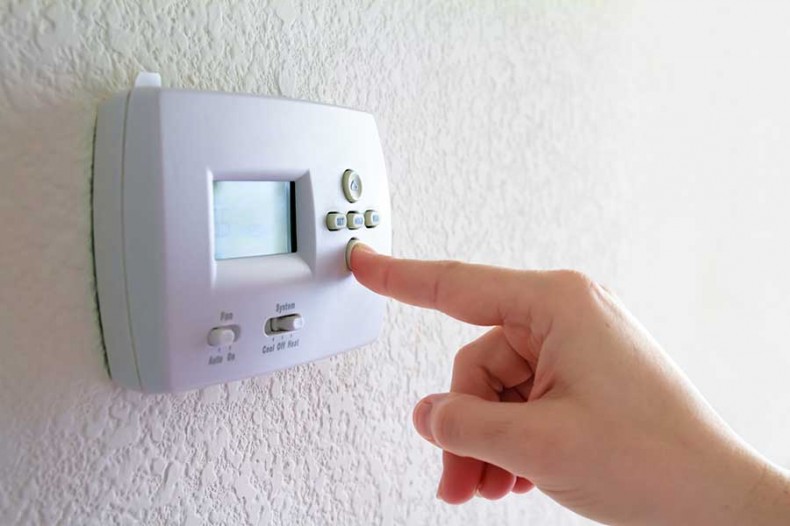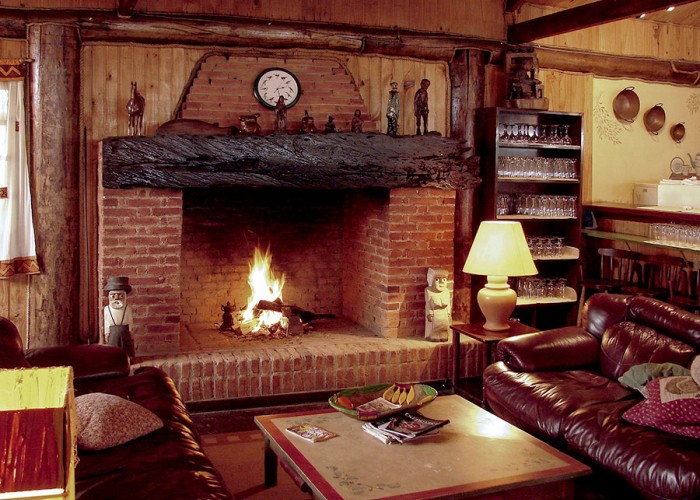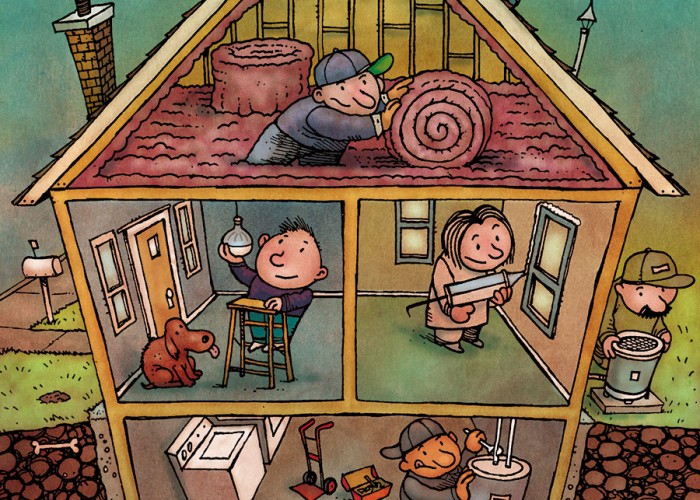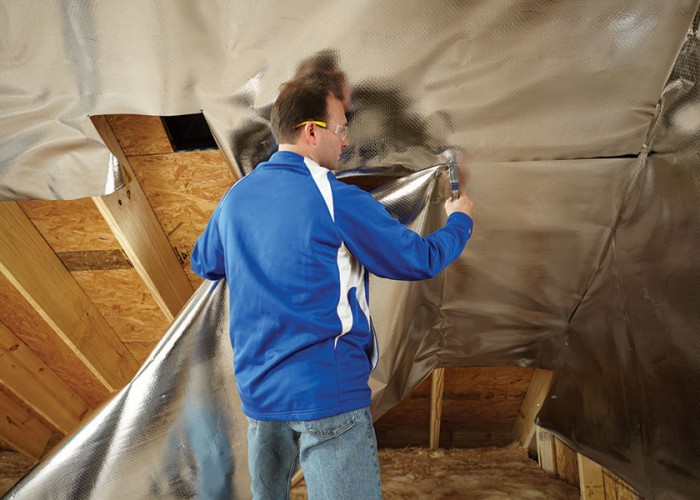Prepare for Cold Weather
Make the most of your heat pump when temperatures drop
By Hannah McKenzie
Q:I am dreading the cost of heating my home this winter since my electric bills surge when the outdoor temperature drops. Can I lower my bill and still keep my family comfortably warm?
A: Most households in North Carolina rely on heat pumps for their primary winter heat and (like you) are shocked by bills from the coldest winter months. Fortunately, there are a variety of ways to spend less on heating this winter.
Routine maintenance is the number one way to keep a heat pump running efficiently and for as long as possible.
- Keep shrubs at least two feet from the outside unit.
- Change the air filter monthly or per the manufacturer’s specifications.
- Make sure the refrigerant lines exposed to outdoor temperatures are wrapped with foam insulation.
- Hire a heating and cooling company to service the heat pump every fall.
Cultivating habits with your household costs nothing. It may take a while to instill new habits, but remind yourself that the bottom line is your wallet.
- The fan setting on the thermostat should be set to “auto,” not “on.”
- Check that windows — including storm windows — and exterior doors are latched shut. Don’t leave the front door standing open and expect the storm door to keep heated air inside your house. It won’t.
- Manage the thermostat by either leaving the temperature the same all the time (at the coldest temperature you can tolerate) or setting a programmable thermostat to adjust temperatures depending on when you are home.
The goal is to avoid using the heat pump’s emergency heat strips, a form of electric resistance heat similar to elements in an electric range. They are meant to be used only when a heat pump alone cannot warm your home to the set temperature, which typically occurs when outdoor temperatures drop below 40 degrees Fahrenheit. They also sometimes turn on when the thermostat is raised more than two degrees in heating mode. Because heat strips use at least three times more electricity than your heat pump’s compressor, it’s wise to take a “set it and forget it” approach to thermostat operation during winter. A properly programmed smart thermostat can also reduce unnecessary heat strip operation.
Some heat pumps have an outdoor thermostat that prevents the heat strips from coming on when outdoor temperatures are high enough for the heat pump to warm the house. This allows families to make big adjustments to their thermostats without worrying about the heat strips.
Home improvements such as duct sealing or sealing cracks and holes that let in outside air are another approach. Years ago, I went outside to admire the snow on my home, and was surprised that the neighbors had inches of snow on their roofs, but I had none. A trip to the attic revealed that the air ducts (the flexible pipes that the air travels through) were not actually connected to the ceiling. All the heat was just blowing into my attic and melting the snow! Attaching and sealing the ducts dropped my winter bills dramatically. While this is an extreme example, it’s worth checking that ducts are connected so you can enjoy the heat.
Paying winter bills can be a challenge for many families. Ask your electric co-op about an in-home energy audit, retrofit incentives and equal payment plans. Alternatively, look for bill payment assistance from your co-op, community churches or community development organizations. For families with the means to pay their bills, consider contributing monthly to local organizations that help others stay warm this winter. Sharing what we can pays us back tenfold.
-
More ways to save energy
-
Share this story:





